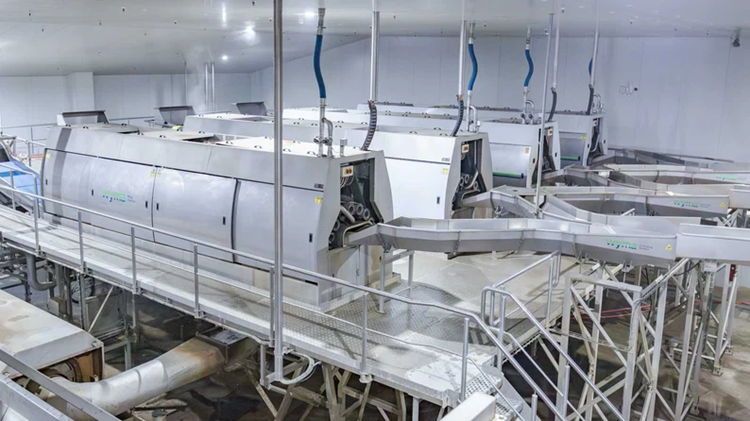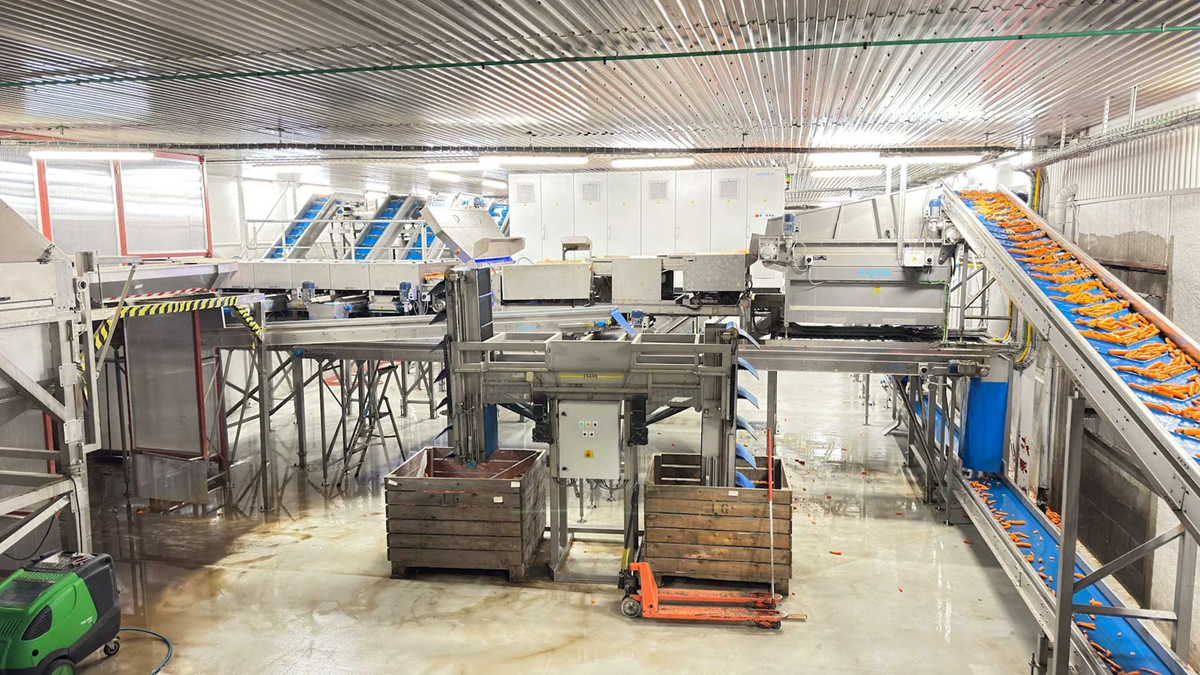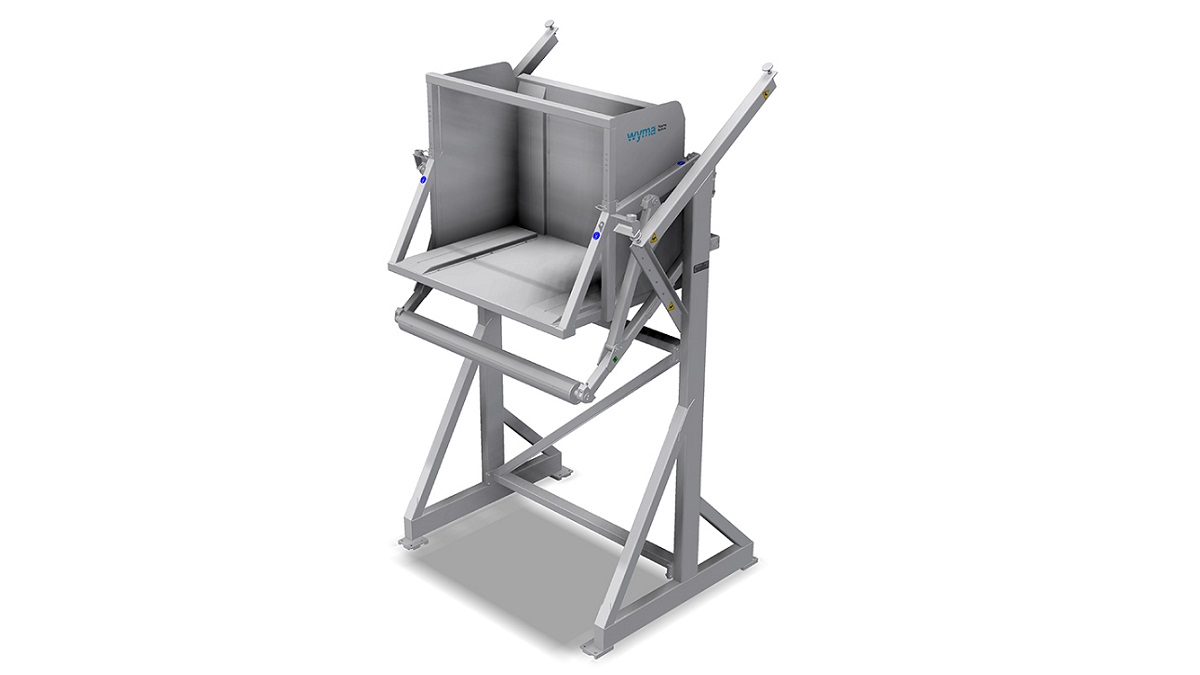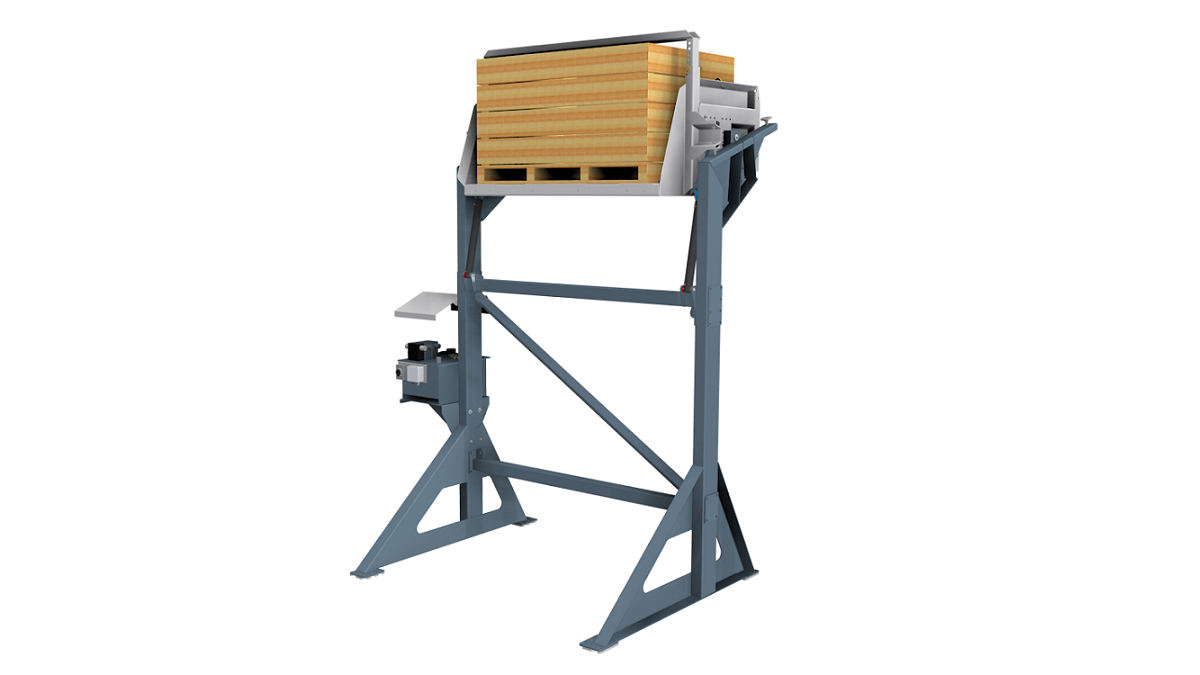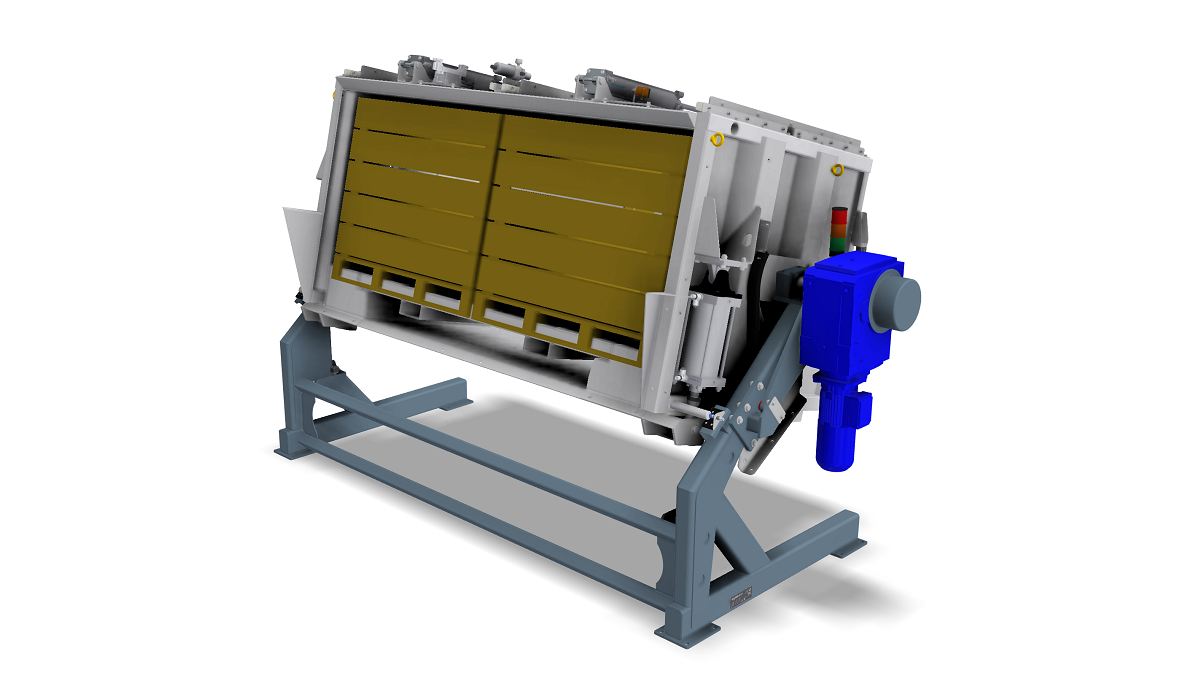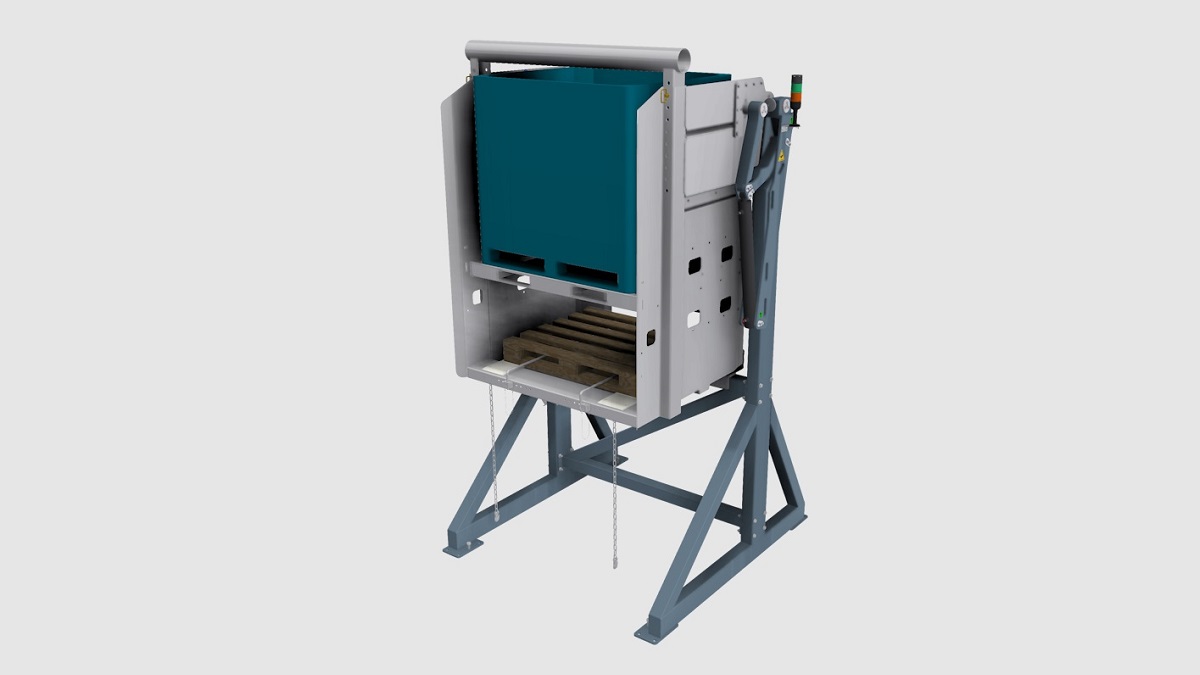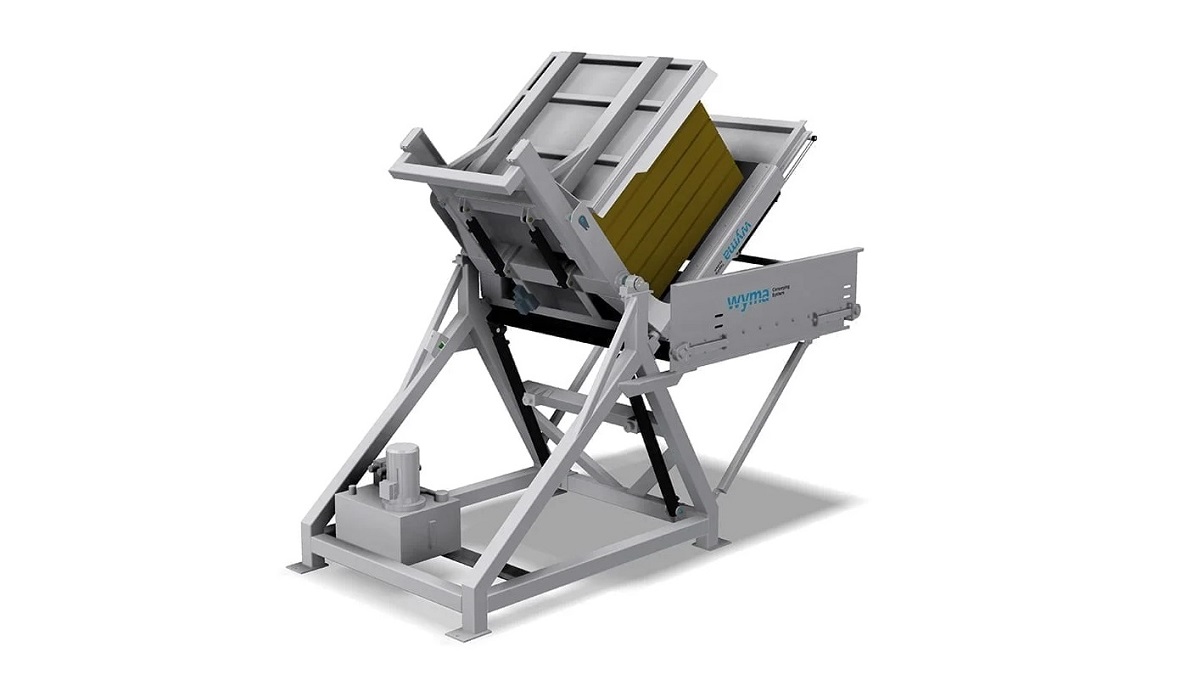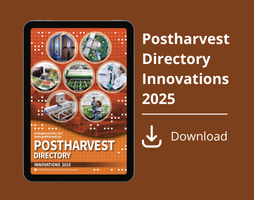

Wyma Solutions
Conditioning
Annual Planning – How to Map Out Upgrades for the Year Ahead
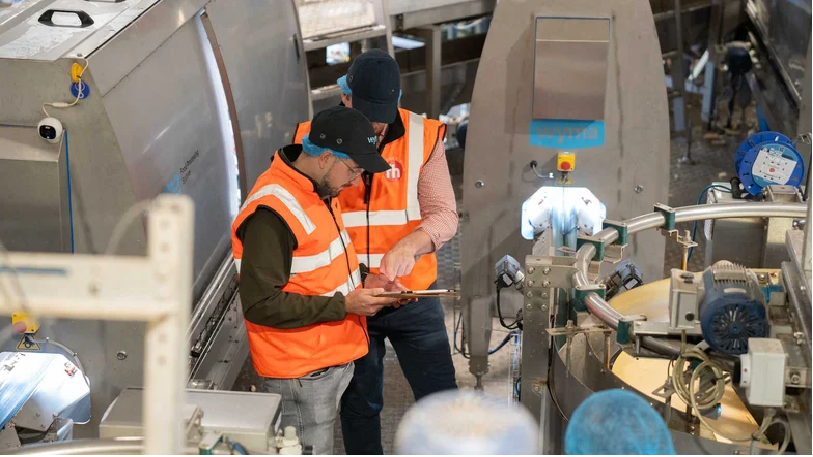
Every year brings new challenges for processors: rising input costs, tighter regulations, labour shortages, shifting customer demands, and mounting sustainability pressures. In this environment, annual planning is not just a box-ticking exercise but a strategic opportunity that allows you to future-proof your business, strengthening your operation and reducing your risk.
When it comes to plant and equipment upgrades, the difference between reactive decisions and structured planning can mean thousands saved in downtime, smoother cash flow, and a stronger competitive edge. Here’s how to approach annual planning with a framework that keeps you ahead.
Annual Planning Matters
Structured planning ensures that upgrades are aligned with your wider business goals. Instead of reacting to breakdowns, you can:
- Reduce unplanned downtime and maintenance costs.
- Spread capital investment in a predictable, budget-friendly way.
- Increase operational efficiency and ROI.
- Meet compliance and sustainability targets with confidence.
By contrast, ad-hoc upgrades often cost more, create bottlenecks, and lead to short-term fixes that do not address long-term needs.
Step 1 – Review the Past Year
The first step is to look back before looking forward. Assess:
- Equipment performance. How many hours of downtime? How efficient was output?
- Service and repairs. Where did unexpected costs arise?
- Operator feedback. What daily challenges slowed production?
- Customer and retailer feedback. Did you consistently meet required quality and specification?
This review highlights not just what failed, but also what is worth investing more into.
Step 2 – Align Upgrades with Strategic Goals
Every upgrade should serve a clear purpose. Ask yourself:
- Will this reduce labour dependency or operating costs?
- Does it increase capacity or line efficiency?
- Does it help meet compliance (food safety, water use, emissions)?
- Does it position us for future trends like automation, optical sorting, or digital traceability?
This is where upgrades stop being about “new machines” and become drivers of long-term strategy.
Step 3 – Map Out the Year Ahead
Timing is everything. Use your seasonal production cycles to plan when upgrades can be installed without disrupting operations.
- Budget allocation: Divide spending into essentials (compliance, replacements), performance enhancers (efficiency, automation), and innovation projects (digitalisation, new technology).
- Timeline: Spread upgrades across the year, balancing quick wins with long-term investments.
Step 4 – Evaluate Options and ROI
Not all upgrades are equal. Build a simple decision framework based on:
- Payback period and return on investment.
- Reduction in risk (compliance, downtime, safety).
- Supplier reputation, service, and local support.
- Flexibility to scale or integrate with future equipment.
Sometimes extending the life of existing equipment with preventative maintenance is the smartest move. Other times, a full replacement pays for itself in months through yield gains and energy savings.
Step 5 – Build in Flexibility
No plan is immune to unexpected challenges such as crop variability, new regulations, or supply chain delays. Annual planning should include:
- Contingency budgets for urgent upgrades.
- Modular or phased investments that can be scaled up.
- Scenario planning to adapt if market or compliance conditions shift mid-year.
Beyond Equipment – Process & People
Upgrades are only as effective as the people and processes around them.
- Training: Ensure operators know how to get the most from new equipment.
- Digital tools: Invest in monitoring, predictive maintenance, or ERP systems to unlock data-driven decision making.
- Service partnerships: Preventative maintenance contracts and strong supplier support can extend equipment life and protect productivity.
Your Annual Upgrade Framework
A practical framework to guide the process:
- Review – performance, failures, and feedback.
- Align – connect upgrades to business strategy.
- Map – plan timing and budgets.
- Evaluate – analyse ROI and supplier options.
- Flex – build resilience with contingency and modularity.
- Implement – execute with training, support, and follow-up.
Annual planning is not about making a shopping list of new machines. It is about aligning upgrades with strategic priorities, protecting operations from disruption, and positioning your business for growth in a competitive and evolving industry.
By following a structured framework, you can transform upgrades from reactive fixes into proactive investments that secure efficiency, compliance, and profitability for the year ahead and beyond.


